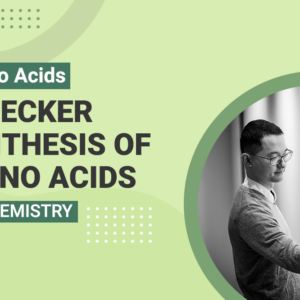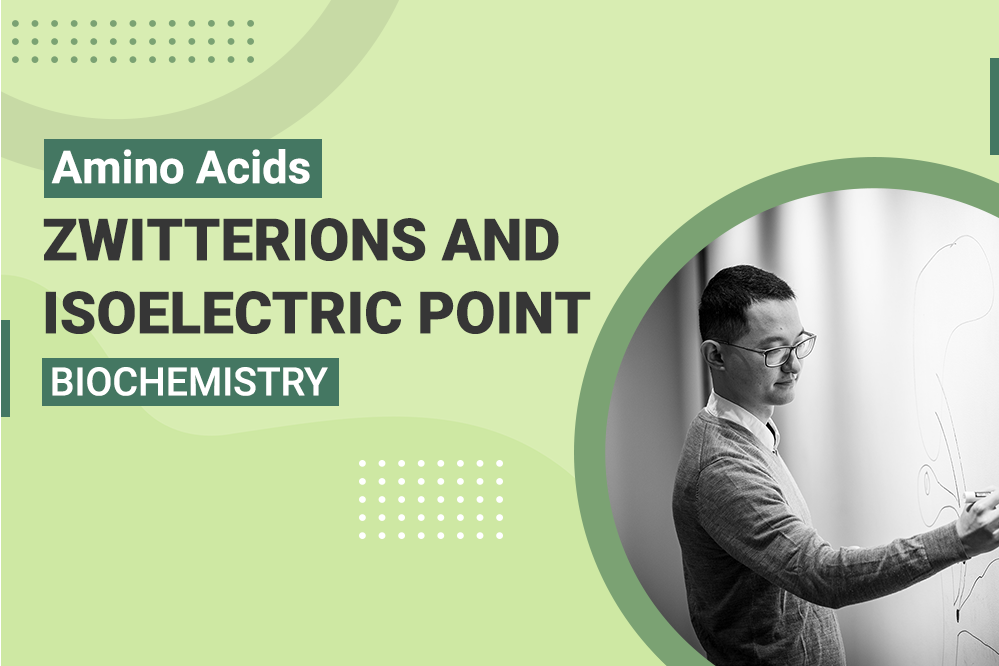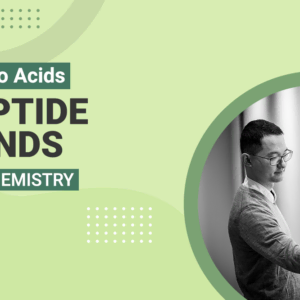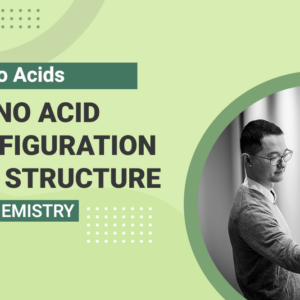What is the correct sequence of steps for the Gabriel synthesis of amino acids?
I. SN2
II. Hydrolysis
III. Decarboxylation
IV. Deprotonation
a) I, II, III, IV
b) I, IV, II, III
c) IV, I, II, III
d) IV, III, IV, I
Get 1-on-1 MCAT Tutoring From a Specialist
With MCAT tutoring from MedSchoolCoach, we are committed to help you prepare, excel, and optimize your ideal score on the MCAT exam.
For each student we work with, we learn about their learning style, content knowledge, and goals. We match them with the most suitable tutor and conduct online sessions that make them feel as if they are in the classroom. Each session is recorded, plus with access to whiteboard notes. We focus on high-yield topics if you’re pressed for time. If you have more time or high-score goals, we meticulously cover the entire MCAT syllabus.
Gabriel Synthesis of Amino Acids
There are two methods used to synthesize α-amino acids that you need to know for the MCAT: Gabriel synthesis and Strecker synthesis. This post covers Gabriel synthesis.
Gabriel synthesis prepares α- amino acids from N-phthalimidomalonic ester and an alkyl halide. This should seem reasonable, since the structure of N-phthalimidomalonic ester is similar to that of an amino acid attached to large protecting groups. These protecting groups are important for ensuring that the acidic carboxylic acid and the basic amine group of the structure do not react in unnecessary acid-base reactions.

Figure 1. Overview of Gabriel Amino Acid Synthesis
Mechanism of Gabriel Synthesis
The synthesis reaction begins with the addition of sodium ethoxide (NaOEt), a strong base to a solution of N-phthalimidomalonic ester. Sodium ethoxide removes the hydrogen atom attached to the α -carbon of N-phthalimidomalonic ester’s two ester groups, forming an enolate. When an alkyl halide is introduced, the enolate ion acts as a nucleophile, and a nucleophilic substitution reaction (specifically, an SN2 reaction) occurs. The structure of the alkyl halide determines the side chain of the amino acid. Then, a hydrolysis reaction is performed under acidic conditions. This removes the protecting groups and ester groups from around the amino group and carboxylic acid groups, respectively. The final step is introducing heat to stimulate decarboxylation, producing the α-amino acid product. Recall that decarboxylation can occur when heat is added to a compound that has two carboxylic acid groups that are β to each other.
As a final note, just like the Strecker synthesis, the Gabriel synthesis of α -amino acids produces racemic mixtures and the identity of the final α -amino acid product is entirely dependent on the nature of the R-group-containing reactant added. In this case, this addition occurs through the alkyl halide.

Explore More
MCAT Masterclass Chapters
Take a closer look at our entire MCAT Masterclass or explore our Biochemistry lessons below.
- MCAT Biochemistry Strecker Synthesis of Amino Acids View Subject
- MCAT Biochemistry Zwitterions and Isoelectric Point - MCAT Biochemistry View Subject
- MCAT Biochemistry Peptide Bonds View Subject
- MCAT Biochemistry Amino Acid Configuration and Structure View Subject
- MCAT Biochemistry Amino Acid Classification View Subject
- MCAT Biochemistry NEW MCAT Example View Subject




